
15 Mar 2021

Drawn Closer
The school play is in trouble and these scrappy theatre kids are determined to save it.
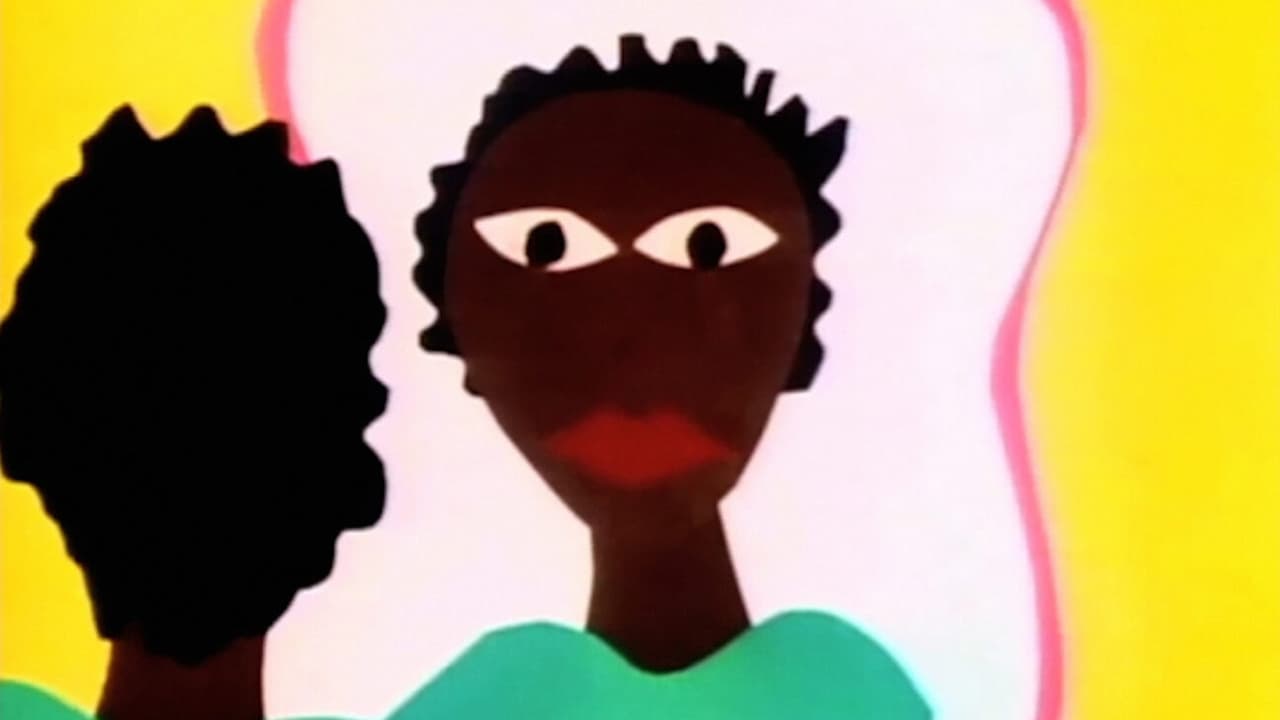
An animated satire on the question of self-image for African American women living in a society where beautiful hair is viewed as hair that blows in the wind and lets you be free. Lively tunes and witty narration accompany a quick-paced inventory of relaxers, gels, and curlers. This short film has become essential for discussions of racism, African American cinema, and empowerment.
Narrator

15 Mar 2021

The school play is in trouble and these scrappy theatre kids are determined to save it.
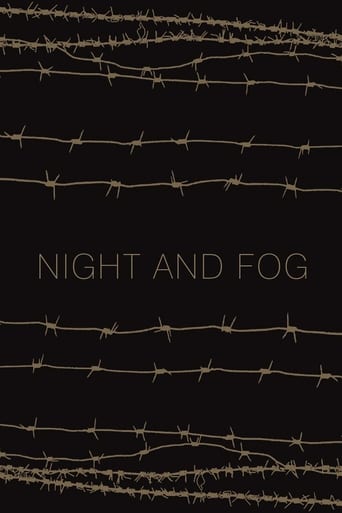
27 Apr 1959

Filmmaker Alain Resnais documents the atrocities behind the walls of Hitler's concentration camps.
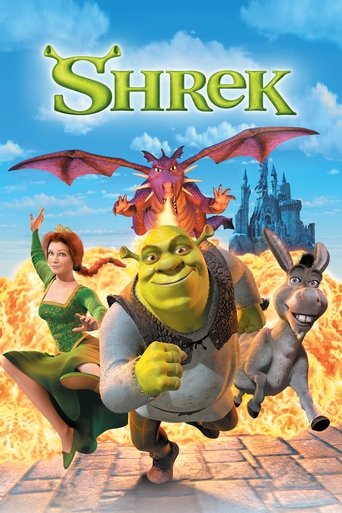
18 May 2001

It ain't easy bein' green -- especially if you're a likable (albeit smelly) ogre named Shrek. On a mission to retrieve a gorgeous princess from the clutches of a fire-breathing dragon, Shrek teams up with an unlikely compatriot -- a wisecracking donkey.
17 May 1986
Wendy Tilby's Tables of Content was her graduation film from the Emily Carr College of Art and Design, Vancouver in 1986. The movie transports one into another era, an earlier age of gentility and reticence, set in a rather stuffy restaurant during the day.
01 Jun 1930
Terrytoons animated short film directed by Frank Moser
27 Jul 1930
Terrytoons animated short film directed by Frank Moser
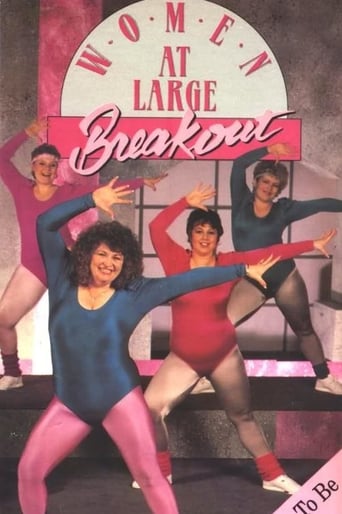
01 Jan 1987

Women At Large was a video series by Sharlyne Powell for larger sized women. Music by Entertainment Tonight's very own John Tesh and Michael Hanna of the John Tesh Project.
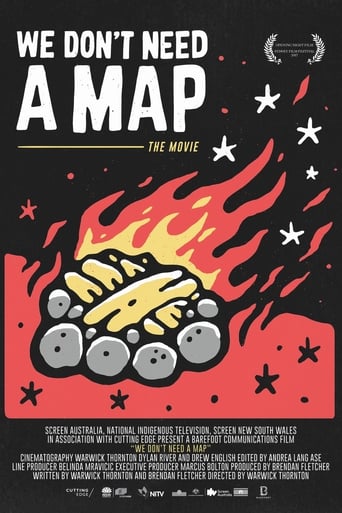
07 Jun 2017

Filmmaker Warwick Thornton investigates our relationship to the Southern Cross, in this fun and thought provoking ride through Australia's cultural and political landscape.
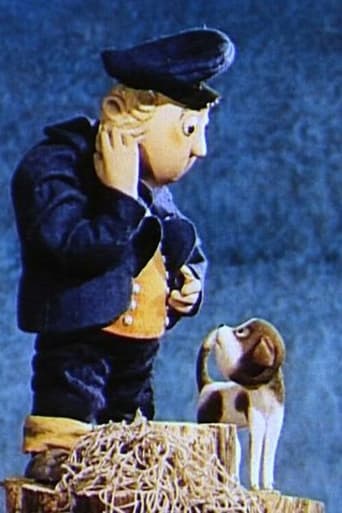
09 Jul 1976

A fisherman once caught a talking golden fish. He gave him his freedom and was allowed to make a wish in return. He asked for a boat, but this was not enough for his wife, who demanded a house. Driven by his wife's greed, the fisherman demanded more and more until he had lost all the wealth he had gained.
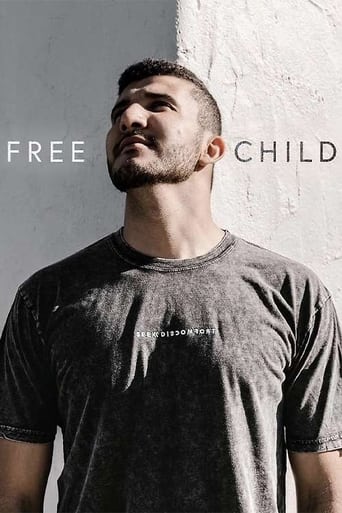
28 Sep 2020

From leaving Egypt 10 years ago, to almost dying a month ago in a car accident. This film is about the journey in between and the massive role the internet played in the life of prominent Youtuber and Yes Theory co-founder Ammar Kandil.
10 Mar 2015
Sex, Lies and Love Bites The Agony Aunt Story, presented by psychotherapist and agony aunt Philippa Perry, is a witty and revealing look at the problem page's enduring appeal. In the documentary Philippa picks her way through three centuries of advice on broken hearts, cheating partners and adolescent angst to uncover a fascinating portrait of our social history.
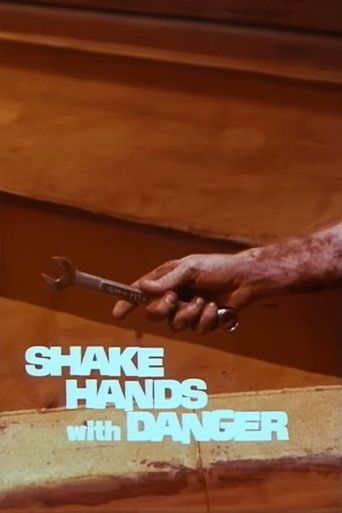
03 Jun 1980

This short cautionary training film examines dangers associated with earthmoving equipment operation, showing many simulated accidents on construction sites.
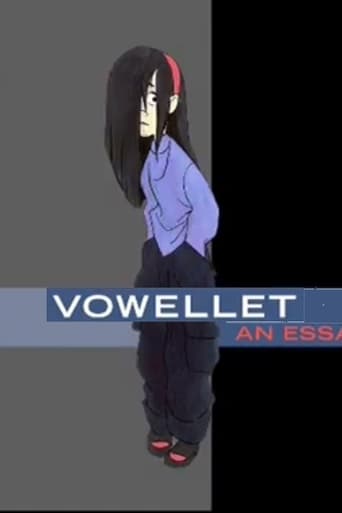
15 Mar 2005

This Pixar documentary short follows Sarah Vowell, who plays herself as the title character, on why she is a superhero in her own way. (This short piece is included on the 2-Disc DVD for "The Incredibles", which was released in 2005.
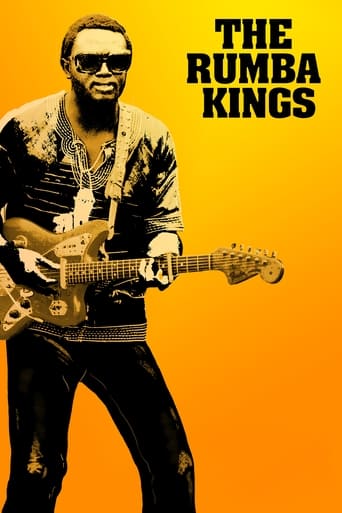
06 May 2021

In the fifties, when the future Democratic Republic of Congo was still a Belgian colony, an entire generation of musicians fused traditional African tunes with Afro-Cuban music to create the electrifying Congolese rumba, a style that conquered the entire continent thanks to an infectious rhythm, captivating guitar sounds and smooth vocals.
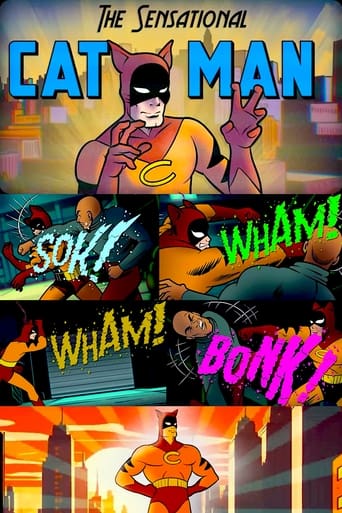
29 Sep 2023

A stylized cartoon inspired by 1940s comics, featuring a detective raised by a tiger who moonlights as a superhero.
01 Jan 2015
No overview found
01 Jan 1993
Documentary - They're clean, educated, articulate and rarely receive public assistance. But following a divorce, job loss or a long illness, a growing number of middle-class women are forced to live out of their cars. Directed by Michèle Ohayon (Colors Straight Up) and narrated by Jodie Foster, It Was a Wonderful Life chronicles the hardships and triumphs of six "hidden homeless" women as they struggle to survive, one day at a time. - Jodie Foster, Lou Hall, Reena Sands
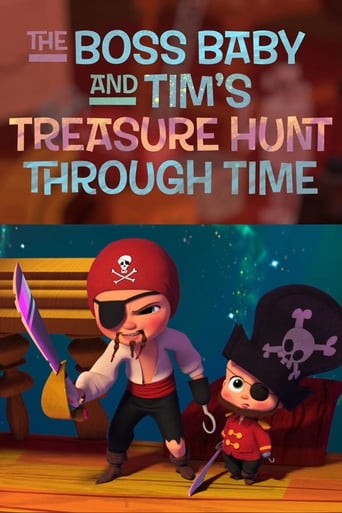
04 Jul 2017

Join the fun as Boss Baby and Tim battle pirates, travel through outer space, swim deep into the sea, and go toe-to-toe with some ferocious dinosaurs!
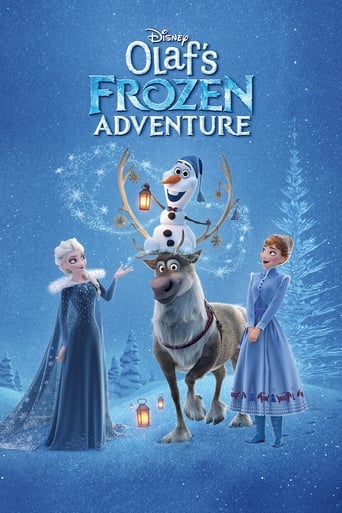
27 Oct 2017

Olaf is on a mission to harness the best holiday traditions for Anna, Elsa, and Kristoff.
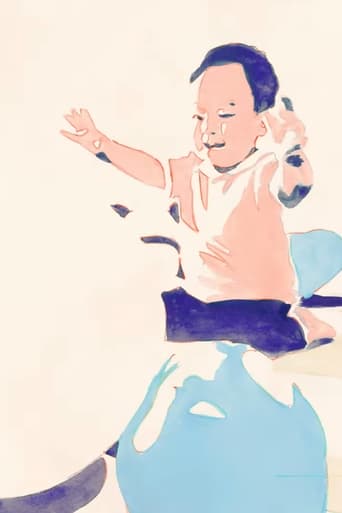
22 Jul 2016

Home-video footage of infants playing transforms into an experimental display of rotoscope animation.